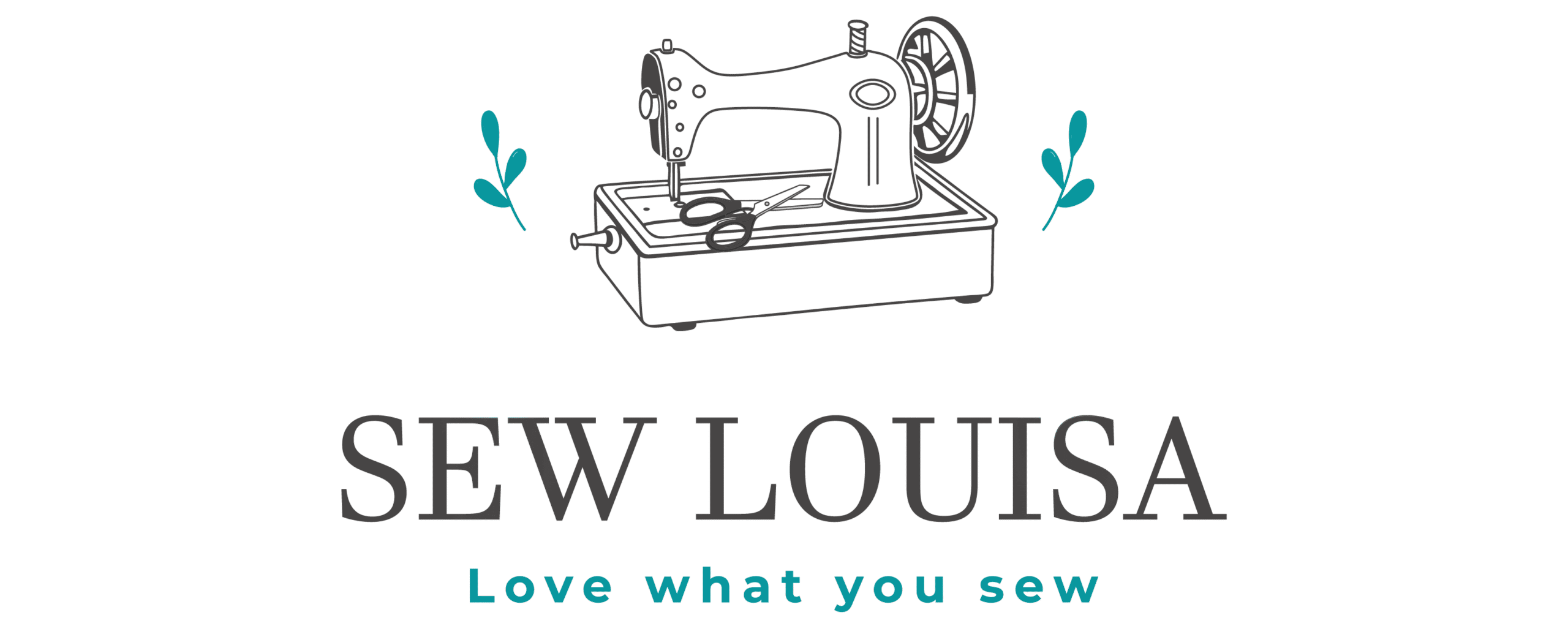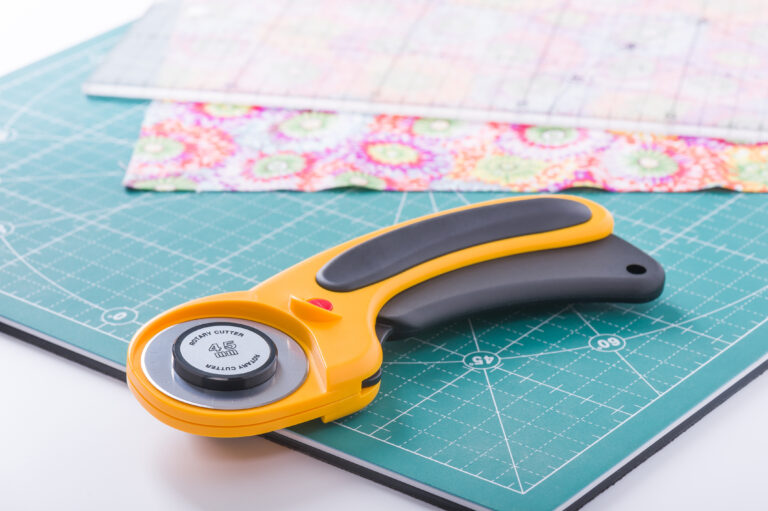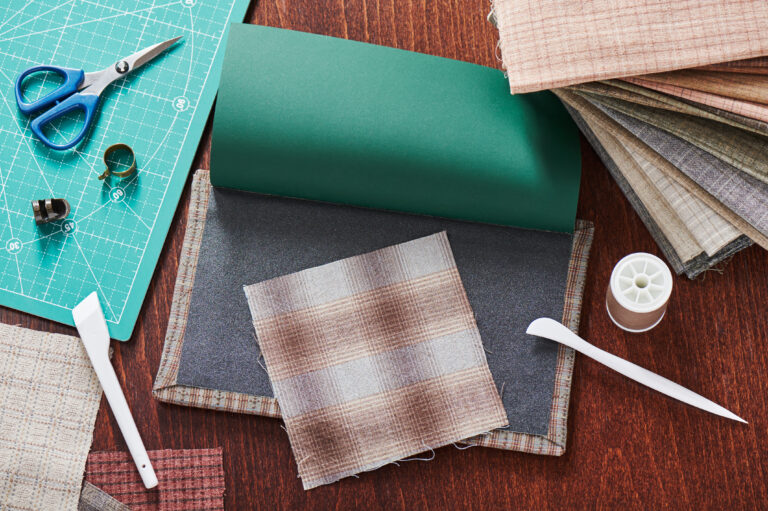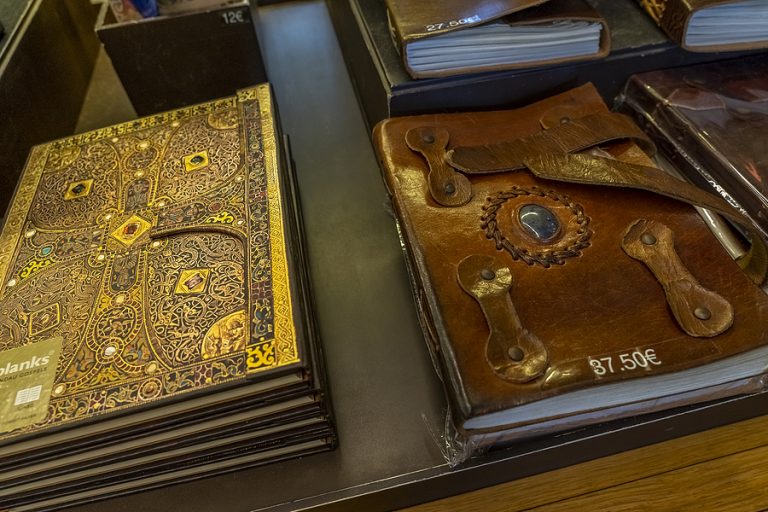Embroidery is one of the world’s oldest and most diverse artistic forms, which has existed in some form for as long as the concept of stitching has.
From the tradition of Opus Anglicanum to more contemporary and expressive custom embroidery stitching, using a needle and thread to create art is one of the most open forms of expression available to us.
However, determining the earliest surviving piece of embroidered cloth is more difficult, given that so few surviving examples of cloth exist beyond the founding of the earliest civilisations, as well as the difficulty in determining whether a certain type of stitch is aesthetic or functional in nature.
Regardless, one of the earliest surviving examples of embroidery comes from Ancient Egypt, with several examples of embroidered floral collars being found in the tomb of the Pharaoh Tutankhamun.
Embroidered with a mix of natural linen, brown and blue-green symbolic of Egyptian style conventions, the collar was made with a mix of textiles and flowers such as olive leaves and poppies, creating what would have been at the time an exceptionally colourful accessory.
There are still questions on exactly how and when it was made, with it being found in storage jars filled after the funeral of Tutankhamun.
Another early origin period for embroidery that looks astonishingly advanced for its era is extracts found in Hubei, China, dating back to the 5th century BC.
These early examples appear to use techniques that are still seen to this day, suggesting that the Ancient Chinese were the first civilisation to invent embroidery in the way we know it today, with silk yarns stitched onto a silk backing material.
Given that textiles with silk embroidery were also found in Hallstatt, Austria dating to a similar period, it appears that the art of hand embroidery made its way to Europe through traders and merchants travelling across the Silk Road.






